How We Do On-page SEO
Benefits of On-page SEO
On-page SEO FAQs
-
![]()
![]() Get Started
Get Started
-
![]()
![]() Mobile
Mobile
-
![]()
![]() Speed
Speed
-
![]()
![]() Why Haitna
Why Haitna
-
![]()
![]() Content
Content
-
![]()
![]() Misc
Misc
Q1. Which SEO Activities form the On-page SEO?
On-page SEO includes all the optimization tactics that you implement on your site. These include keyword optimization, content publishing, creating Meta Tags, image optimization, etc.
Q2. Is On-page SEO More Effective than Off-page SEO?
Both on-page and off-page SEO have their specific significance in SEO. On-page SEO ensures that Google indexes and showcases your site for relevant searches. Meanwhile, off-page SEO helps build your site’s authority and ranking potential.
Q3. Why do SEO Experts emphasize On-page SEO Efforts?
On-page SEO informs the search engines about your site’s presence on the SERPs. These tactics guide the search crawlers through the several pages on your site and make your site eligible to rank in the SERPs.
Thus, on-page SEO is crucial for search visibility, positive site experience, and on-site conversions.
Q4. Can I Win Top SERP Ranks without an On-page SEO Strategy?
You may fail to appear in the search results without a proper on-page SEO strategy.
Q5. What Results Can I Expect from an Ideal On-page Strategy?
A well-defined on-page SEO strategy helps you with several benefits:
It ensures that the search engines index all your crucial site pages
Your site doesn’t take more than 3 seconds to load
You attract relevant traffic to your site
You witness a positive user metrics on your site (lower bounce rate and increased session time)
You witness a growth in your search rankings and site traffic
Web admins naturally link back to your site content and pages
Q6. How to Build an SEO-friendly URL Structure for My Web pages?
A well-drafted URL structure grows your CTR and SEO value. Here are tips to craft a good URL structure:
You must use or reflect your page’s focus keyword in your URL.
It must represent your site hierarchy and the focus area of your page
Also, keep your URL crisp and self-explanatory.
Here is an example of a good URL
www.example.com/blog/10-seo-tips-2021
This URL explains that it is a blog page on the site “domainname.com,” and the blog is about 10 SEO Tips for Businesses in 2021.
Q7. Does Meta Description Add to My On-page SEO Value?
A page’s meta description doesn’t directly impact a page’s ranking but offers indirect SEO value. The meta description is most likely to show up in your preview snippet. And if it is highly relevant and intriguing, it attracts a high CTR for your listing.
Moreover, it can offer quick answers to queries like your contact number, address, etc. This allows you to gain direct inquiries and leads. Growing your description’s relevancy is recommended by using page focus keywords.
Q8. Is On-page SEO Valuable in Improving the Conversion Rate on a Site?
Yes, on-page SEO is crucial in improving on-page experience and conversion potential.
Some on-page SEO activities that help you improve your site’s conversion rate –
Optimize the site’s performance and mobile compatibility;
Optimize the navigation and internal linking,
Improving content readability and HTML to Text ratio, etc.
Enhancing the session time of users and reducing the bounce rate
Enriching the content with optimized images and relevant CTAs
Q9. Does Internal Linking have an Impact on On-page SEO Signals?
Yes, internal links allow crawlers and users to navigate your site easily. They add depth to your page content and transfer link authority across pages.
Q1. How does Your Site’s Mobile Compatibility Impacts Your SEO?
Today, mobile devices result in 52% of the total web traffic. And Google considers these insights to follow a mobile-first indexing approach.
So, unless your site promises a delightful experience on mobile platforms, it isn’t likely to rank higher in the SERPs.
Q2. How Can I Optimize My Site for Searches through Mobile Devices?
You must optimize your content readability and website to deliver a superior mobile platform experience.
Check the possible mobile optimization errors through Google’s Mobile-friendly Test Tool. And rectify these with a developer’s assistance.
Also, ensure to use short sentences and snackable sub-headings that are easier to read through mobile devices.
Q3. How to Ensure Your Site is Indexed Properly in the Search Engines?
Use these tips:
Use “site:yoursitename.com” on Google Search to check all the indexed site pages.
If you do not find a mention of your site in the results, your site isn’t indexed, and you must manually index your site.
If you find some of your pages missing from the list, check these pages for possible crawling errors.
Also, ensure that you haven’t left any Robots.txt files or NOINDEX tags on the non-indexed pages.
Also, check whether these pages comply with Google’s Webmaster Guidelines.
Make sure you update your sitemap and submit it to Google using Google Search Console.
Q1. Does a Faster Loading Website Help Me Rank Higher?
Yes, a faster loading website earns you a competitive advantage. Google has been leveraging site speed metrics as a ranking factor.
Moreover, Google’s Page Experience Update stated the significance of Core Web Vitals or page performance in SERP rankings.
Q2. What are Some Actionable Tips to Boost My Site Speed?
Leverage these tactics:
First, assess the load time and possible performance errors with Google’s PageSpeed Insights. Next, rectify the highlighted errors with the assistance of your web developer.
Remove any unnecessary imagery from your site and optimize the existing imagery.
Reduce the loading speed for the global target audience by using a content delivery network (CDN)
Minify and compress all site elements (the CSS, HTML, and JavaScript)
Make sure to enable asynchronous loading for your JS files.
Also, defer load JS files
Use Gzip compression
Q3. How Does E-A-T Contribute to On-page SEO?
E-A-T factor is an abbreviation of Expertise, Authority, and Trustworthiness. Google values E-A-T optimized content and allows it to rank higher.
Expertise: Ensure that your content exudes expertise in your niche. It must deliver superior value and content depth to the searcher.
Authoritativeness: Your content must gain good backlinks and references to showcase its authority. It is valuable if the author is cited in relevant published work.
Trustworthiness: Ensure to create reliable content that exudes trust and isn’t biased.
Q4. What is the Impact of Schema Markup in On-page SEO?
Schema Markups on your site pages build instructions around crucial content elements. And these instructions allow crawlers to comprehend and index your content smartly.
E.g., You list a cupboard on your site with details like “HxWxL = 50x15x20.” Here a suitable schema markup helps Google understand these dimensions.
Schema markups allow Google to use your content for Rich Snippets and Knowledge Graphs. This increases your search visibility and click-through rate.
Q1. Can I do On-page SEO Myself?
Yes, you can do some basic on-page activities like –
Researching relevant keywords through Google Keyword Planner and mapping these on your pages
Setting up your Google Search Console and Google Analytics accounts
Creating keyword-optimized and creative Meta Title and Meta Description
Taking your developer’s help in optimizing your site’s performance and mobile compatibility
Optimizing the media size on the site and adding Alt Tags
Adding internal links and enriching the site’s readability
Q2. Would You Recommend Hiring a professional SEO Company for On-page SEO?
Yes, a professional SEO company can help you capitalize smartly on on-page SEO. They ensure that there are no crawling errors on your site and it meets Google’s page experience standards. Moreover, they take care of all technical SEO optimization parts.
A good company also has access to paid SEO tools for keyword research, competitor analysis, content research, etc.
Q1. Does Content Duplication Harm My SEO? (Is there a way to manage it)
Yes, Google is most likely to punish content duplication. And in case of duplicate content, bots may index the duplicate version of the content instead of the original version.
However, if you still have to repeat some crucial content sections in your pages, you can use the Canonical Tags. You must place Canonical Tags to point to the original page.
Q2. Can You Offer Some Content Optimization Tips for On-page SEO?
Here are crucial content optimization tips –
Consider the E-A-T factor, i.e., Expertise, Authority, and Trustworthiness for content production.
Map relevant focus keywords and long-tail keywords in your site content
Prioritize the focus keywords in Page Title and Meta Title
Use skimmable sub-headers and enrich readability with the use of images
Ensure that your content isn’t outdated and keep adding fresh content to the site
Q1. Which Metrics Measures My On-page SEO Performance?
Some crucial SEO metrics to gauge your on-page efforts:
Increase in website traffic
A rise in the ranking positions in SERPs
Decrease in bounce rate
Increase in session time and pages per session
Increase in leads through the site and conversions
Increase in inbound and outbound links
Increase in the conversion rate of web pages
Increase in site traffic through mobile devices
Increase in the number of ranking keywords
Q2. Do I have to Invest Efforts in On-page SEO for a Long-term?
The timeline of on-page SEO efforts varies from business to business. However, you can still pause your on-page optimization while you continue to churn off-page optimization.
You must also consider that Google admires an active website with regularly-added fresh content.
Q3. Can I Start with Off-page SEO and Take On-page SEO?
No, you must prioritize on-page SEO. You need to inform Google about the presence of your business online and optimize the pages that you wish to rank.
Once you have developed valuable on-page assets and they are indexed, you can grow their authority with off-page SEO.
Q4. Which are Some Free Tools to Help Me with On-page SEO?
Some good SEO tools include:
Google Keyword Planner: It assists you with your keyword research.
Google Search Console: It tracks and displays your SEO metrics, helps submit the sitemap, notifies you about any penalties, etc.
Google Analytics: It shows site traffic, bounce rate, conversions, pages per session, etc.
Answer The Public: This tool assists you with finding relevant long-tail queries and content topics for your business.
LSI Graph: It is a valuable tool to sort the long-tail keywords for growing your content’s relevancy.
Q5. Which SEO Plugins Can Assist Me with On-page SEO?
Yoast SEO and AIO (All in One) plugins are the two most recommended WordPress plugins.
These plugins assist you with:
Creating sitemaps and adding schema markups
Adding and enriching Meta Title and Description
Finalizing the focus keywords and keyword density
Optimizing content readability and internal linking
Technical SEO implementations
Q6. Is There an Easy Way to Do Keyword Research for My Website?
Keyword research and finalization remain a crucial responsibility for on-page SEO.
Use Google Keyword Planner and KWFinder to draw relevant keyword ideas for your service/product pages.
Also, check the best performing keywords for your competitors using Ubersuggest or SEMRush. Some of these keywords might make it to your final keyword sets.
Q7. How Much Time Does On-page SEO Require?
The time required to implement an on-page strategy varies from a few weeks to several months. Moreover, it can also be an ongoing strategy in many cases.
The timeline of on-page SEO implementation depends upon factors like:
Your site’s size (number of pages on your site)
The present SEO status of your site
The strength and expertise of the SEO team you hire
The expectations from your on-page SEO strategy (Ranking, traffic, keyword ranking expectations, etc.)
The online competition in your specific business niche



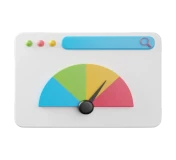










 Making a Website Eligible to Compete for Search Engine Rankings
Making a Website Eligible to Compete for Search Engine Rankings




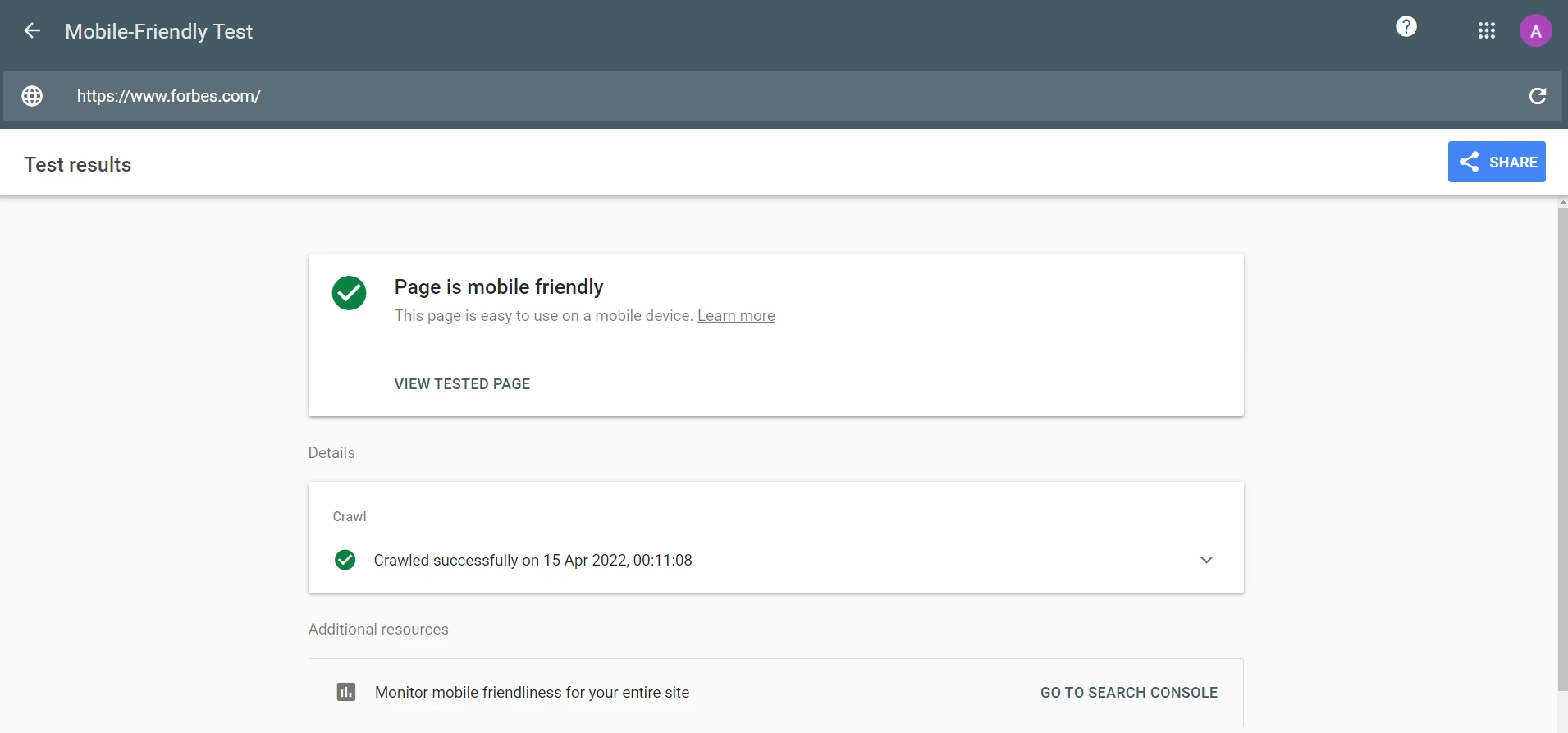
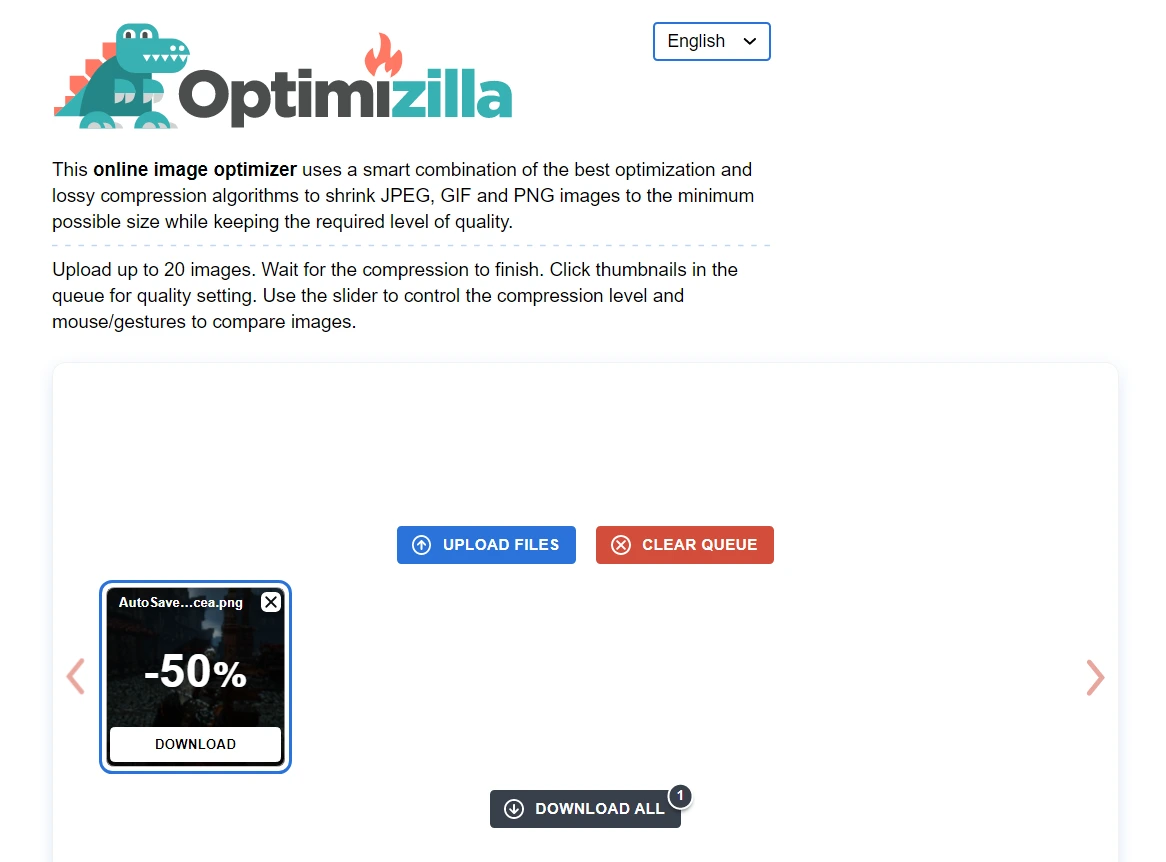
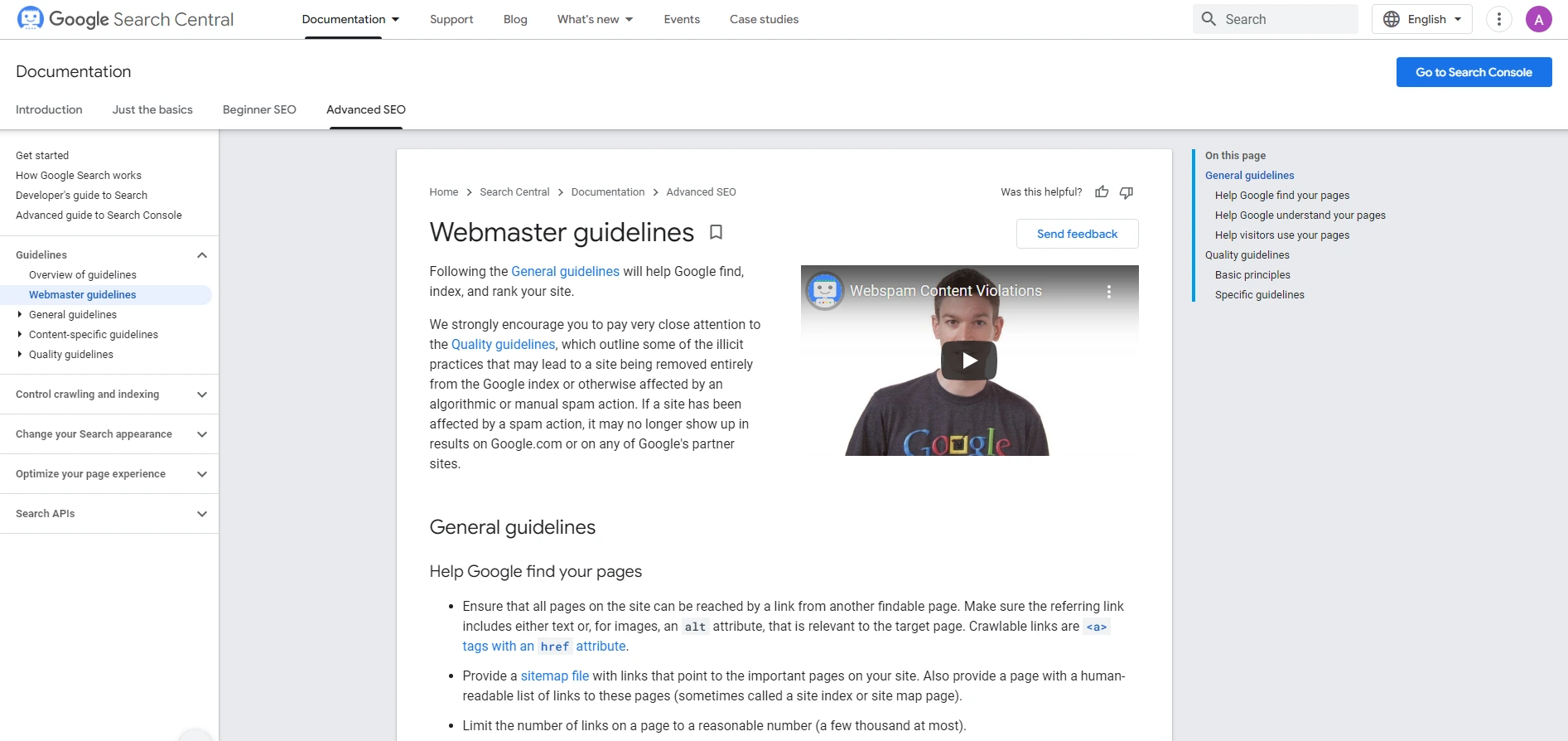


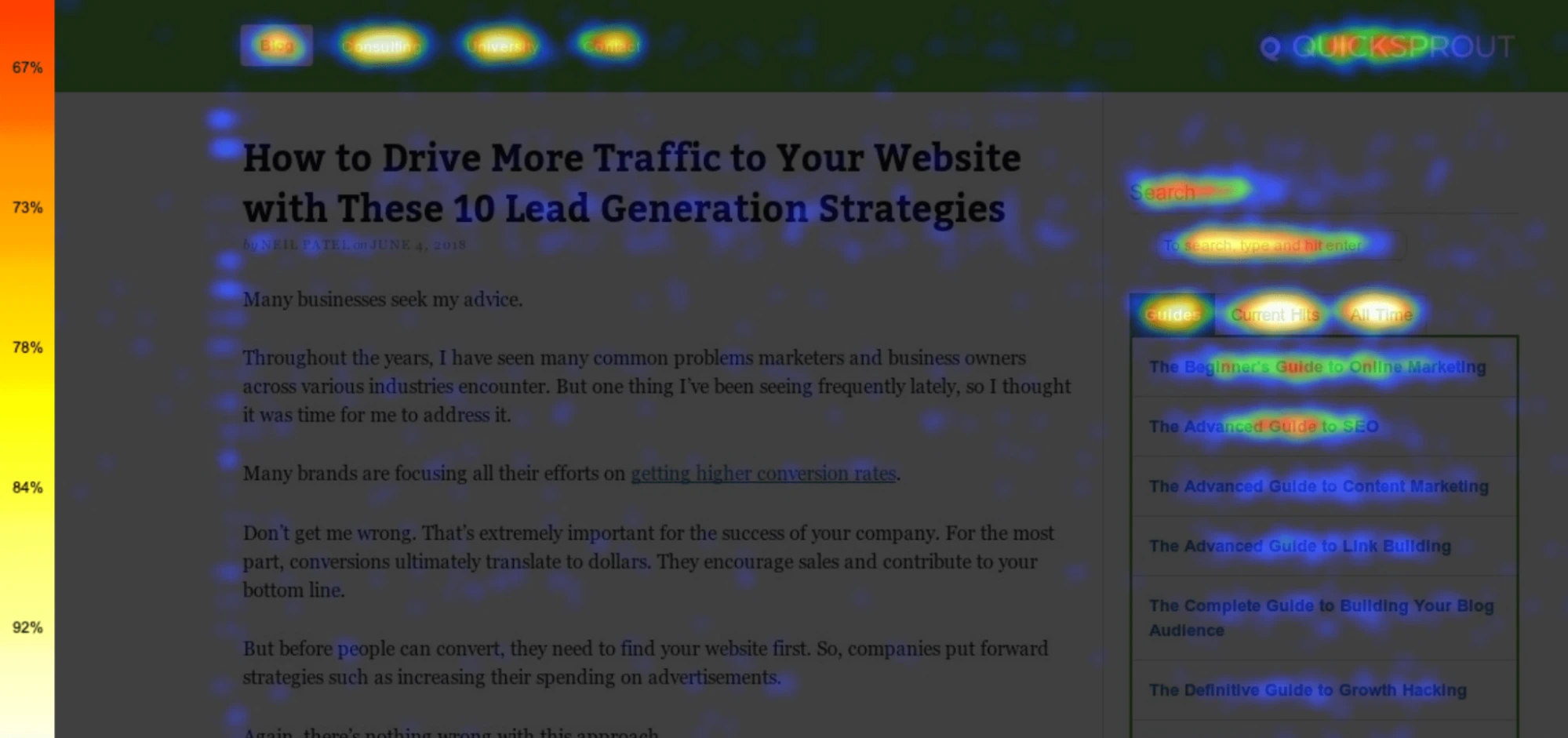







.webp)
















